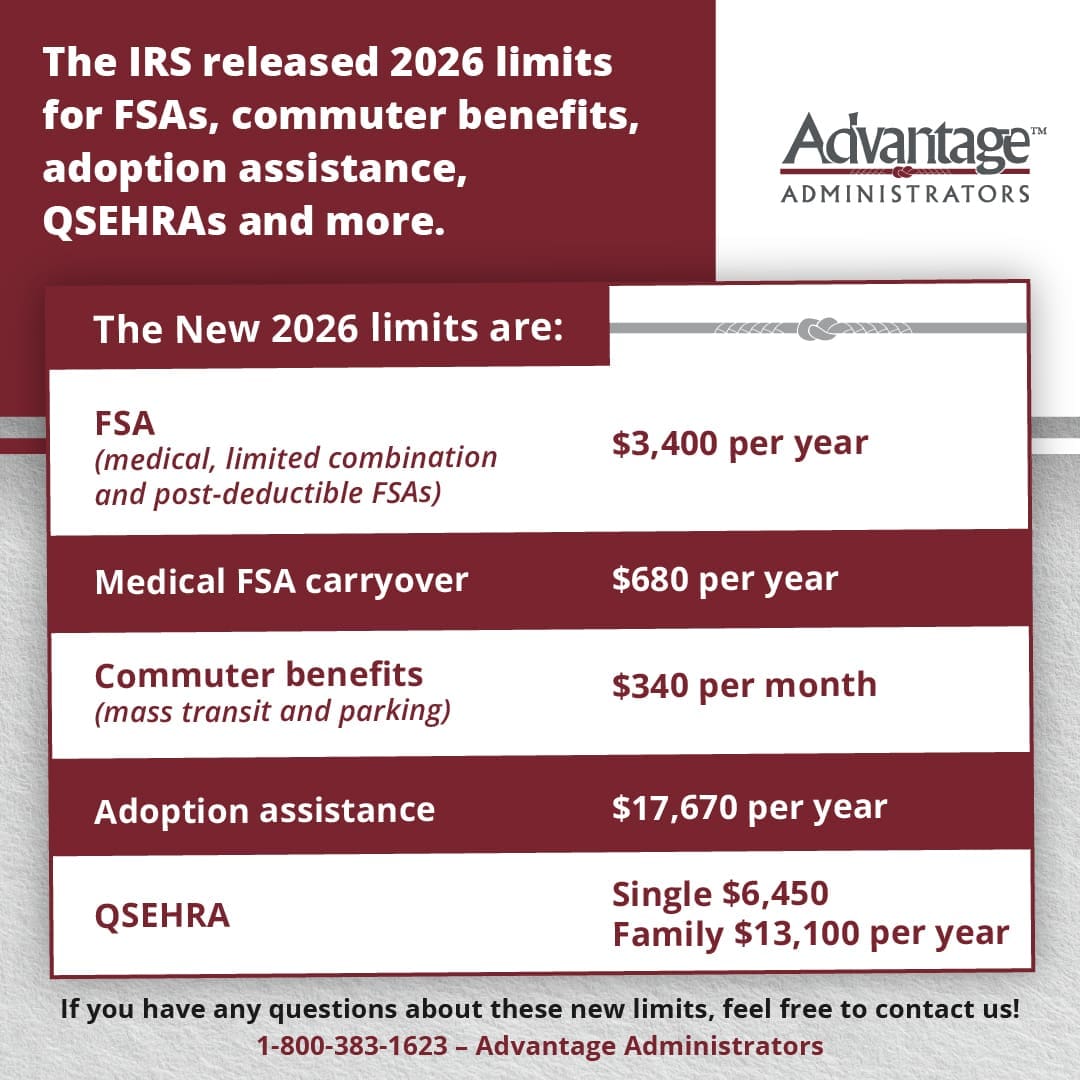How to Help Employees Combat High Healthcare Costs
Rising healthcare costs are a growing concern for employees and employers alike. With premiums, deductibles and out-of-pocket expenses increasing, employees may struggle to afford necessary care. As an employer, you have the power to support your workforce by providing cost-saving solutions and promoting smarter healthcare decisions. Here’s how you can help employees navigate and reduce their healthcare expenses.
1. Offer and Promote Tax-Advantage Accounts
Encourage employees to take full advantage of tax-free savings accounts like:
- Health savings accounts (HSAs): Available with high-deductible health plans, HSAs allow employees to save pre-tax dollars for medical expenses. Contributions roll over year after year, helping employees build long-term savings
- Flexible spending accounts (FSAs): FSAs let employees use pre-tax dollars for eligible healthcare expenses, lowering taxable income and providing immediate savings
- Health reimbursement arrangements (HRAs): Employers can contribute funds for employees to use toward qualified medical expenses, reducing their out-of-pocket burden
It is important to make sure employees understand how these accounts work by offering clear education, tools and resources.
2. Educate Employees on Smart Healthcare Choices
Many employees overspend on healthcare simply because they don’t know about cost-saving options. Employers can:
- Encourage telehealth visits for routine and non-emergency care, which are often more affordable than in-person visits
- Promote generic medications as a cost-effective alternative to brand-name prescriptions
- Teach employees how to compare costs for procedures, lab tests and prescriptions by using transparency tools or apps
- Explain the benefits of in-network providers to avoid higher out-of-pocket costs
By providing insights through benefits communication campaigns, webinars or one-on-one guidance employees can make more informed choices.
3. Use Preventive Care and Wellness Programs
Preventive care can reduce long-term healthcare costs by catching health issues early. Employers can:
- Offer free or low-cost annual physicals, screenings and vaccinations through company-sponsored health plans
- Provide wellness incentives for activities like gym memberships, smoking cessation or weight management programs
- Support mental health initiatives, such as employee assistance programs (EAPs) or access to therapy sessions
By prioritizing wellness, employees can avoid costly medical intervention down the road.
4. Encourage Cost-Effective Healthcare Plan Usage
Help employees optimize their health plan by:
- Providing decision-support tools that compare different health plans and estimate costs based on usage
- Offering contributions or employer matches to HSAs to offset high deductibles
- Hosting benefits education sessions during open enrollment and throughout the year to reinforce smart plan usage
Many employees don’t fully understand their healthcare benefits, so ongoing education can help them maximize their coverage.
5. Negotiate Better Healthcare Options
Employers have the ability to negotiate benefits that can help reduce employee healthcare costs, such as:
- Partnering with healthcare providers to offer direct primary care or bundled pricing for certain procedures
- Adding supplemental benefits like accident or hospital indemnity insurance to help cover unexpected medical expenses
- Working with benefits providers to secure cost-effective solutions, employers can ease the financial burden on employees
High healthcare costs don’t have to be an inevitable struggle for employees. By offering the right benefits, providing clear education and encouraging smarter healthcare choices, employers can make a real difference in their employees’ financial wellness.
The information in this blog post is for educational purposes only. It is not investment, legal or tax advice. For legal or tax advice, you should consult your own counsel. To stay up to date on benefits trends and insights, subscribe to our blog.










 Flex Plans
Flex Plans Forms
Forms HSA
HSA HRA
HRA Retirement
Retirement Health Shopper
Health Shopper FSA Store
FSA Store